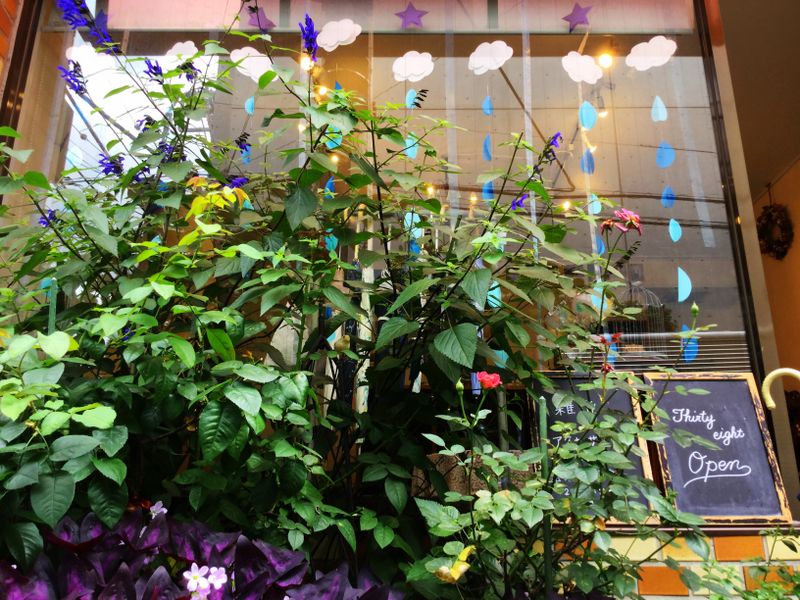Jul 2, 2019
Health in Japan: Surviving summer wet and heat

From June to the middle of July, much of Japan experiences tsuyu, the rainy season. The rainy season happens when the cold air over continental Asia bumps into the moist air of the Pacific Ocean and the front gets stuck and drenches Japan until the summer. It doesn’t rain every day of the rainy season, but when it does, the weather is cooler and humid. On sunny days during this period it can get very hot.
I’ve been feeling creaky and sore in the last few days. I’m an active person, walking and cycling in my daily routine, but I haven’t scaled a mountain, or run a marathon. Yet I hurt. And my joint pain happens to coincide with the gloomy weather of rainy season, and a typhoon is drenching western Japan and headed for Tokyo. During typhoon season, from May until October, keep your eye on the Japan Meteorological Agency tropical cyclone info.
To get relief in the rainy season, I depend on a lot of rest, stretching in the early part of the day, and judicious use of ibuprofen when the discomfort is too much.
Curiously, results of medical research on the relationship between joint pain (and headaches) hasn’t conclusively proven that weather is the cause. Some studies suggest barometric pressure may play a part more then chilly and wet conditions. Some people may simply be more sensitive then others, and those with arthritic conditions might feel the weather more. The gloomy weather may keep people indoors, resulting in less activity. And the lack of motion may be a contributing factor in reported joint pain.
For me, the end of the rainy season means relief from aches. But it also means scorching heat. It can be tiring to endure the summer here, but I’m mostly used to it. However, everybody, even those of us who are used to the heat, must take precautions against heat stroke. The Japan Meteorological Agency provides a forecast of extreme temperatures, so you can prepare,
Heat exhaustion and the more extreme heat stroke affect all kinds of people, but especially the very young, very old, and those with pre-existing conditions.
To protect yourself against heat exhaustion, get out early or late in the day for any activities that require exertion. Drink liquids as soon as you feel thirsty. And don’t drink too much at once, as this can upset the balance of minerals in your body. It’s best to have a drink bottle handy all the time.
If you feel dizzy, or overheated, or have muscle cramps or nausea, listen to your body and retreat to a shady and cool place. Drink water or sports drinks and don’t push yourself. You can read more about prevention and treatment on this PDF from the Ministry of Health, Labor and Welfare.
I’m lucky to have only suffered heat exhaustion once, and I noticed the symptoms, rested, refreshed and recovered quickly.
Even if you are tough and acclimated to Japanese summer, the unrelenting heat can still affect your energy and mood.
One remedy I have found that may seem counterintuitive is onsen. When the weather is hot, I retreat to local hot spring baths where I can shuck my clothing, sweat, scrub, and relax in the fresh air. Most hot spring spas have cold pools. If you get chatting with fellow bathers, you can easily forget the time time and learn to tolerate the very cold temperatures. The heat of the day might even be refreshing after your chilly dip.



0 Comments